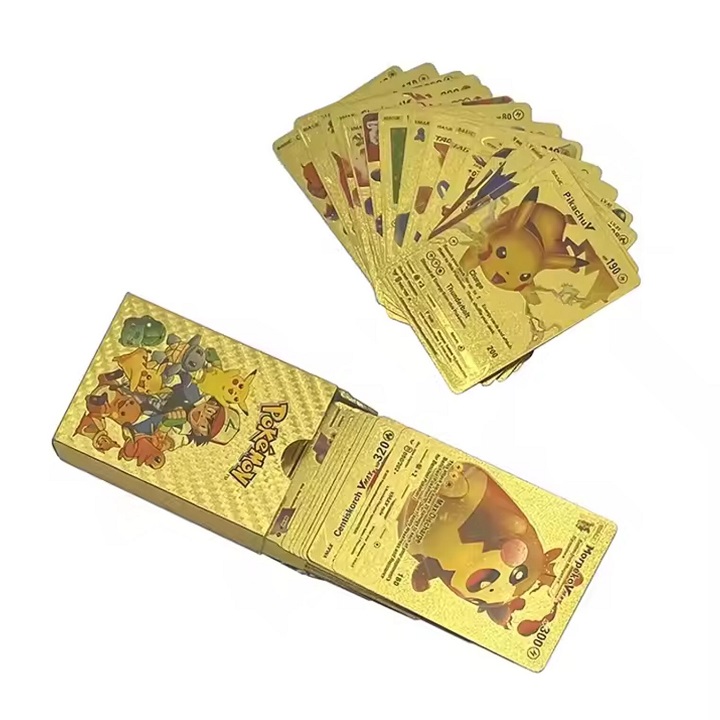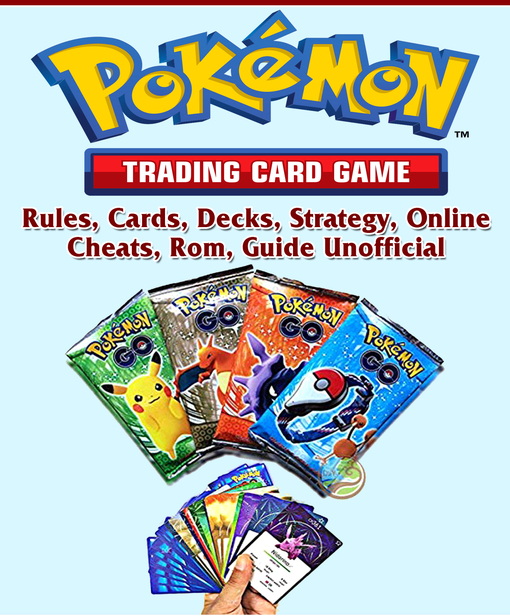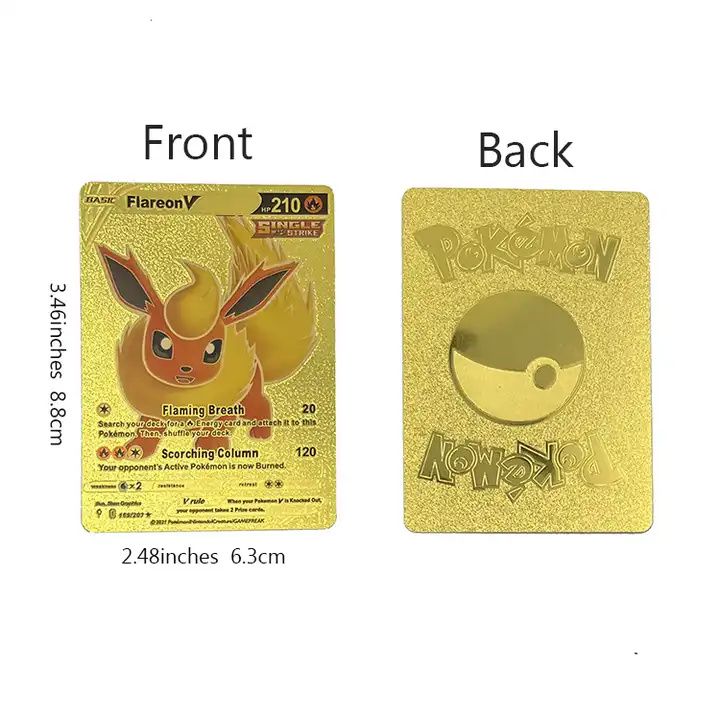Content Menu
● Introduction to the Pokémon Trading Card Game
● Understanding the Basics
● Objective of the Game
● Setting Up the Game
● Types of Cards
● Gameplay Mechanics
>> Turn Structure
>> Special Conditions
>> Retreating and Switching
● Advanced Gameplay Strategies
>> Building Your Deck
>> Understanding Matchups
>> Utilizing Trainer Cards Effectively
● Tournament Play
>> Tournament Formats
>> Preparing for Tournaments
● Conclusion
● Related Questions
>> 1. What is a mulligan in the Pokémon TCG?
>> 2. How many Prize cards does each player start with?
>> 3. Can I have more than four copies of a card in my deck?
>> 4. What happens if my Active Pokémon is knocked out?
>> 5. How do I win a game of Pokémon TCG?
● Citations:
Introduction to the Pokémon Trading Card Game
The Pokémon Trading Card Game (TCG) is a strategic card game that allows players to battle against each other using decks composed of Pokémon cards. Each player aims to defeat their opponent by taking all their Prize cards, knocking out all their opponent's Pokémon, or depleting their opponent's deck. This article will provide a comprehensive guide on how to play the Pokémon TCG, covering the rules, card types, gameplay mechanics, and strategies for success.

Understanding the Basics
Objective of the Game
The primary objective in the Pokémon TCG is to be the first player to achieve one of the following conditions:
1. Take all your Prize cards: Each player sets aside six Prize cards at the beginning of the game. When you knock out an opponent's Pokémon, you take one of your Prize cards.
2. Knock out all your opponent's Pokémon: If your opponent has no Pokémon left in play, you win.
3. Deplete your opponent's deck: If your opponent cannot draw a card at the beginning of their turn because their deck is empty, they lose.
Setting Up the Game
To start playing, each player needs a deck of exactly 60 cards. Here are the steps to set up:
1. Shuffle Your Deck: Each player shuffles their own deck thoroughly.
2. Draw Initial Cards: Each player draws seven cards from their deck.
3. Check for Basic Pokémon: Players must have at least one Basic Pokémon in their hand to start. If not, they must perform a "mulligan" by revealing their hand, shuffling it back into the deck, and drawing seven new cards until they have a playable Basic Pokémon.
4. Place Active and Benched Pokémon: Each player places one Basic Pokémon face down as their Active Pokémon and may place up to five additional Basic Pokémon on their Bench.
5. Set Prize Cards: Each player places six cards from the top of their deck face down as Prize cards.
Types of Cards
There are three main types of cards in the Pokémon TCG:
- Pokémon Cards: These are divided into Basic Pokémon (which can be played directly from your hand) and Evolution cards (which evolve Basic Pokémon into stronger forms). Each Pokémon card has its own unique abilities and attacks that can be used during battles.
- Energy Cards: These are required to perform attacks. There are two types: Basic Energy (which includes types like Grass, Fire, Water) and Special Energy (which provides additional effects). Energy management is crucial for executing strategies effectively.
- Trainer Cards: These include Items (which provide immediate effects), Supporters (which can only be played once per turn), and Stadiums (which affect both players for as long as they remain in play). Trainer cards can significantly alter the flow of a game and should be used strategically.
Gameplay Mechanics
Turn Structure
Each player's turn consists of three main parts:
1. Draw Phase: At the beginning of each turn, the player draws one card from their deck.
2. Action Phase: During this phase, players can perform several actions in any order:
- Place Basic Pokémon on the Bench.
- Evolve Pokémon already in play.
- Attach one Energy card from their hand to one of their Pokémon.
- Play Trainer cards (as many as desired but only one Supporter and one Stadium per turn).
- Retreat the Active Pokémon (once per turn).
- Use Abilities (as many as desired).
3. Attack Phase: The player attacks with their Active Pokémon using an attack listed on its card. After attacking, the turn ends.
Special Conditions
Pokémon can be affected by various special conditions during gameplay:
- Burned: The affected Pokémon takes damage at the end of each turn.
- Confused: The player must flip a coin before attacking; if tails, the attack fails.
- Paralyzed: The affected Pokémon cannot attack or retreat during that turn.
- Poisoned: The affected Pokémon takes damage between turns.
Understanding these conditions is vital for both offensive and defensive strategies throughout a match.
Retreating and Switching
Retreating is an important aspect of gameplay that allows players to switch their Active Pokémon with one from their Bench. To retreat, players must pay a retreat cost specified on their Active Pokémon's card by discarding Energy attached to it. This mechanic is useful for preserving weakened Pokémon or bringing in stronger ones to counter an opponent's strategy.

Advanced Gameplay Strategies
Building Your Deck
Creating an effective deck is crucial for success in the Pokémon TCG. Here are some tips for building a competitive deck:
1. Balance Your Cards: Include a mix of Basic and Evolution Pokémon, Energy cards, and Trainer cards to ensure versatility during gameplay. A well-rounded deck often features around 20-25 Pokémon, 20 Energy cards, and 15-20 Trainer cards.
2. Limit Card Copies: You can have up to four copies of any card with the same name (except for Basic Energy), so choose wisely which cards to include multiple copies of.
3. Synergize Your Cards: Look for cards that work well together; for example, combining certain Trainer cards with specific Pokémon can enhance your strategy.
Understanding Matchups
Being aware of different types of decks and strategies can give you an advantage:
- Type Advantage: Each type of Pokémon has strengths and weaknesses against others (e.g., Water-type is strong against Fire-type). Knowing these matchups can influence your strategy during battles.
- Adaptability: Be prepared to adjust your strategy based on your opponent's actions and card plays.
Utilizing Trainer Cards Effectively
Trainer cards can dramatically shift the tide of battle when used correctly:
- Item Cards: These provide immediate benefits such as healing or drawing extra cards. Use them strategically to maintain momentum in your favor.
- Supporter Cards: Since you can only play one Supporter per turn, choose them wisely based on your current needs—whether it's drawing more cards or searching for specific ones in your deck.
- Stadium Cards: These create ongoing effects that can benefit you or hinder your opponent; understanding when to play them can change how battles unfold.
Tournament Play
For those interested in competitive play, understanding tournament rules is essential:
Tournament Formats
Pokémon TCG tournaments typically feature different formats:
1. Standard Format: This format allows players to use only recent sets that are legal within a specified timeframe, ensuring a dynamic metagame.
2. Expanded Format: Players can use older sets alongside newer ones, allowing for more diverse strategies but also requiring deeper knowledge of various card interactions.
Preparing for Tournaments
Preparation is key when entering tournaments:
1. Practice Regularly: Playtest your deck against various opponents and strategies to identify weaknesses and improve your gameplay skills.
2. Stay Updated on Meta Trends: Being aware of popular decks and strategies within the current meta helps you prepare counter-strategies effectively.
3. Know Your Opponent's Decks: Familiarize yourself with common decks you might face; understanding their strengths and weaknesses will give you an edge.
Conclusion
The Pokémon Trading Card Game offers a rich blend of strategy, luck, and competitive play that appeals to players of all ages. By understanding its rules, mastering gameplay mechanics, and developing effective strategies, players can enjoy countless hours battling friends or competing in tournaments. Whether you're a casual player or aspiring competitor, there's always something new to learn in this dynamic game.

Related Questions
1. What is a mulligan in the Pokémon TCG?
A mulligan occurs when a player does not have any Basic Pokémon in their starting hand; they reveal their hand, shuffle it back into their deck, and draw seven new cards until they have at least one Basic Pokémon.
2. How many Prize cards does each player start with?
Each player sets aside six Prize cards at the beginning of the game.
3. Can I have more than four copies of a card in my deck?
No, you can only have up to four copies of any card with the same name in your deck except for Basic Energy cards.
4. What happens if my Active Pokémon is knocked out?
If your Active Pokémon is knocked out, you must move one of your Benched Pokémon into the Active spot.
5. How do I win a game of Pokémon TCG?
You can win by taking all your Prize cards, knocking out all your opponent's in-play Pokémon, or if your opponent cannot draw a card at the beginning of their turn because their deck is empty.
Citations:
[1] https://www.youtube.com/watch?v=8cbHjCWZZn0
[2] https://assets.pokemon.com/assets/cms2/pdf/trading-card-game/rulebook/sm7_rulebook_en.pdf
[3] https://bulbapedia.bulbagarden.net/wiki/Pok%C3%A9mon_Trading_Card_Game
[4] https://play.google.com/store/apps/details?id=jp.pokemon.pokemontcgp
[5] https://economictimes.indiatimes.com/news/international/us/pokmon-trading-card-game-how-to-play-what-are-the-basics-of-pokemon-how-each-card-works-heres-all-you-need-to-know/articleshow/101992216.cms
[6] https://play.google.com/store/apps/details?id=com.pokemon.pokemontcgl
[7] https://www.youtube.com/watch?v=WMJnJVW5dNU
































